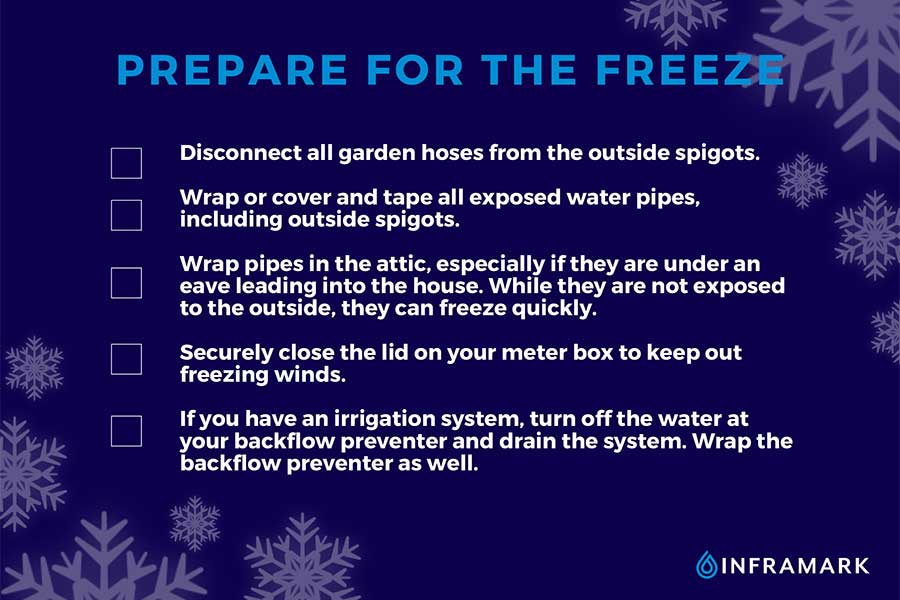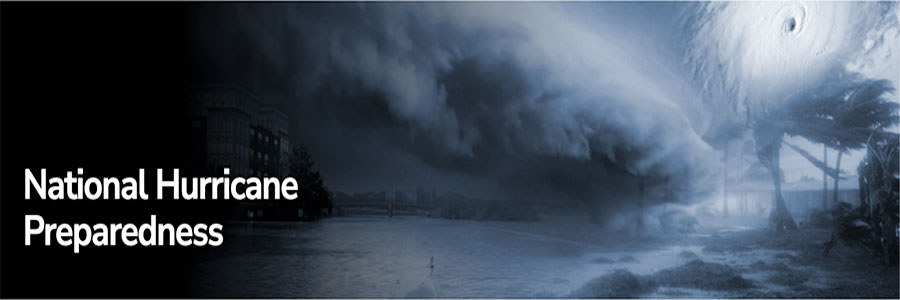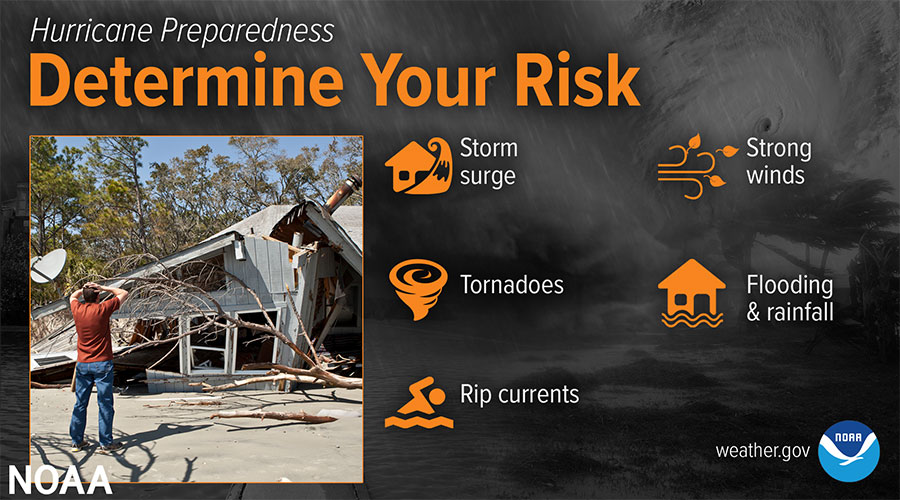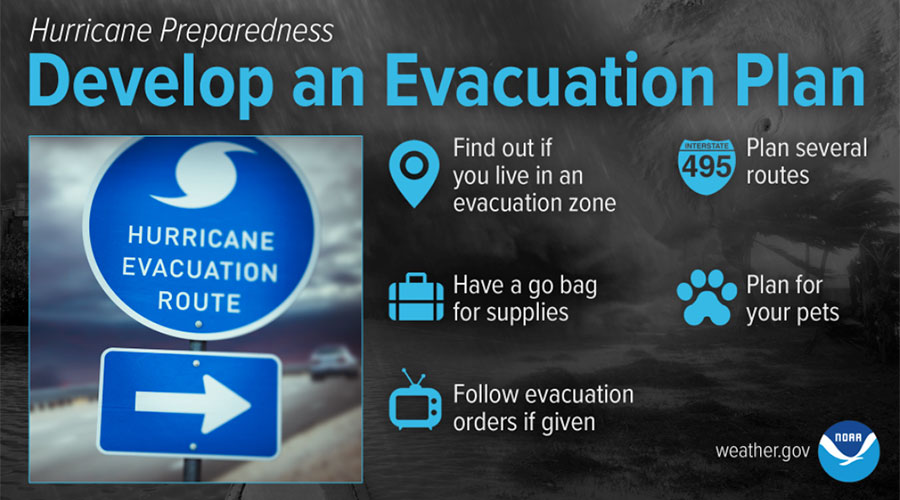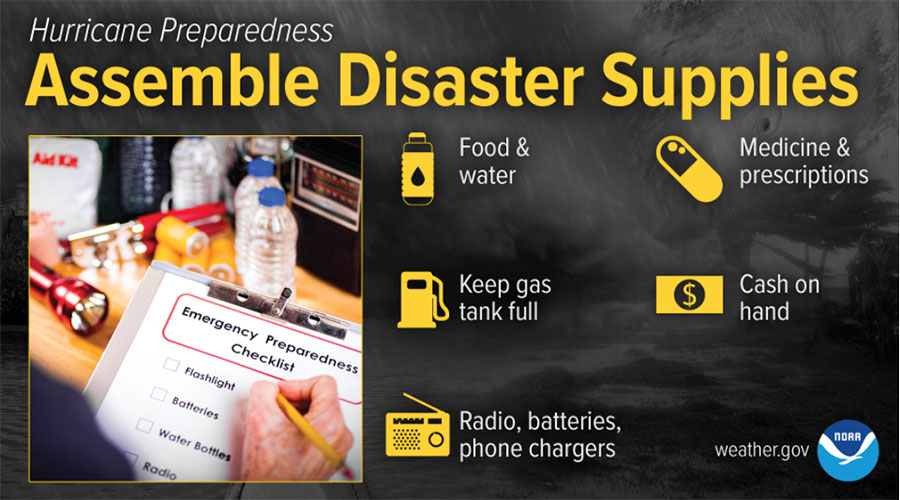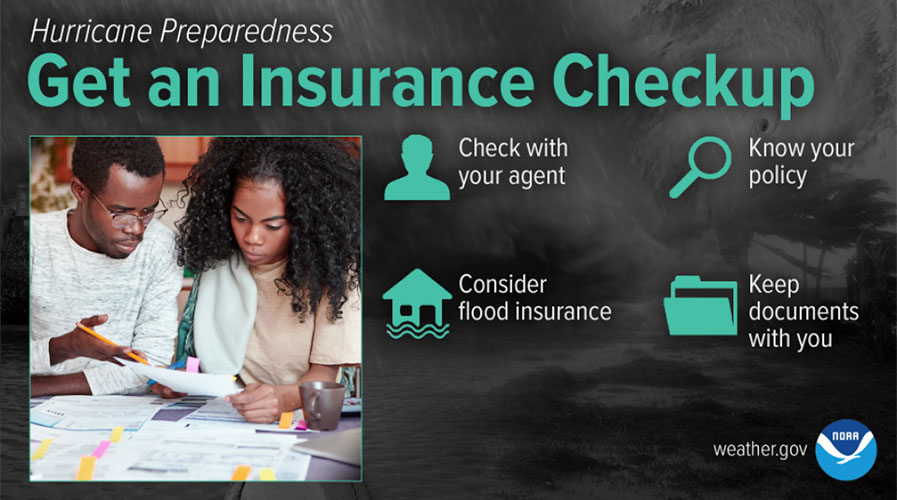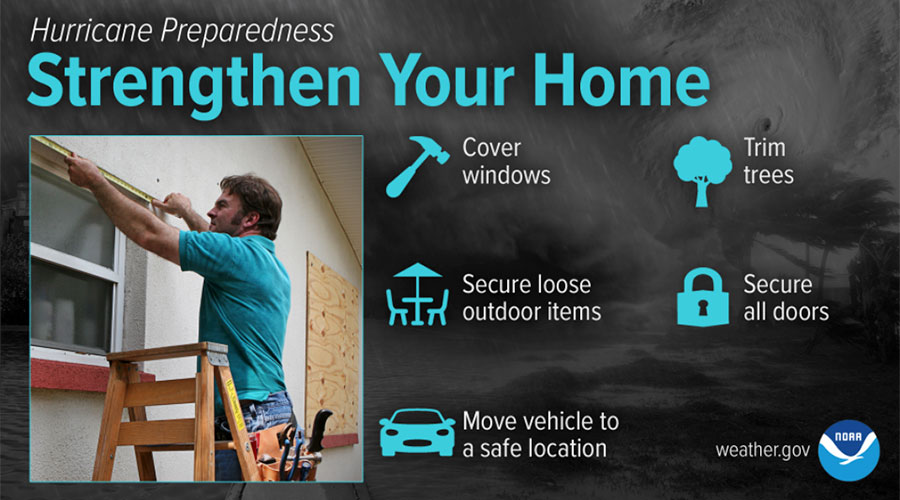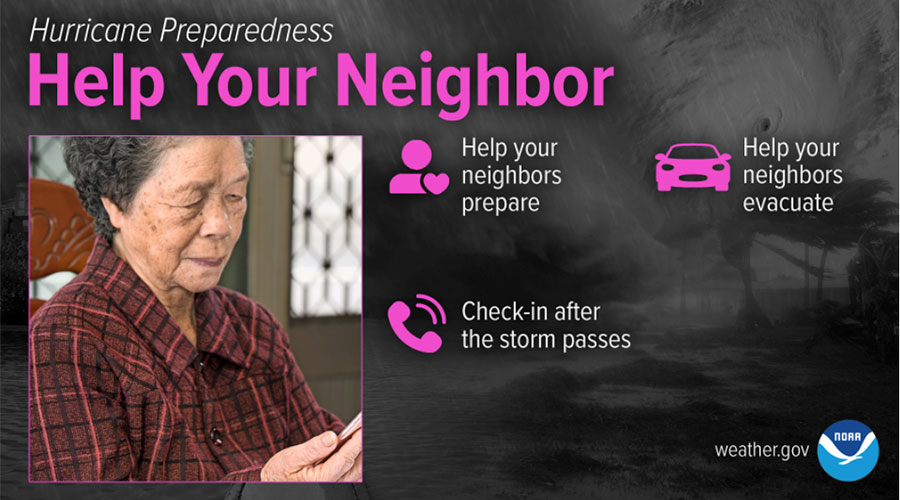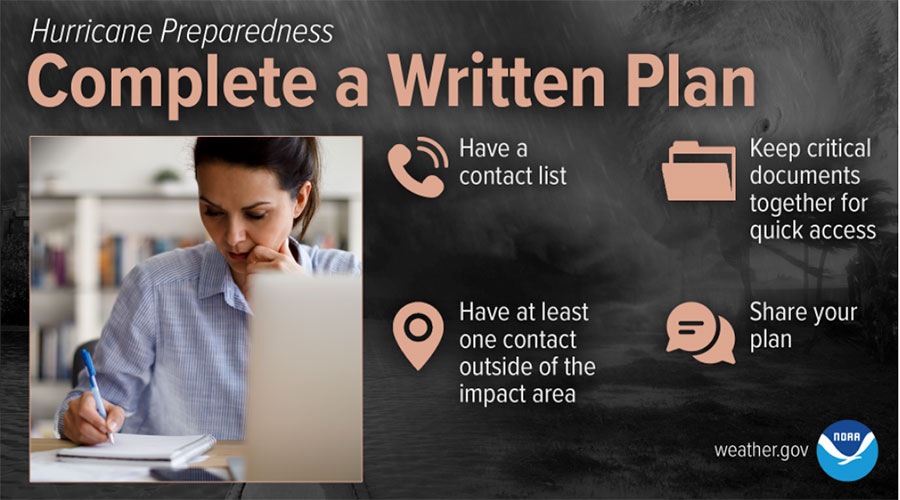Request for Qualifications for Engineering Services
The District requests Statements of Qualifications (“SOQs”) from firms desiring to provide engineering services for a wastewater permit renewal, along with general engineering services for the District. The permit renewal number is TCEQ Permit Number WQ0014309001. An application for renewal has been submitted and further amended and will likely require further amendment under the scope of this RFQ.



